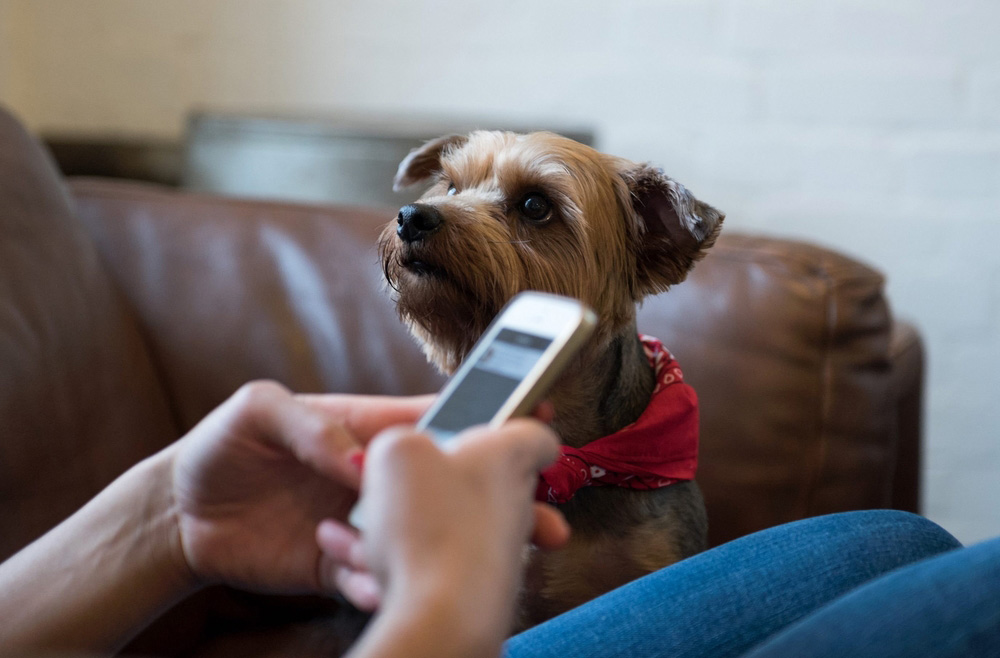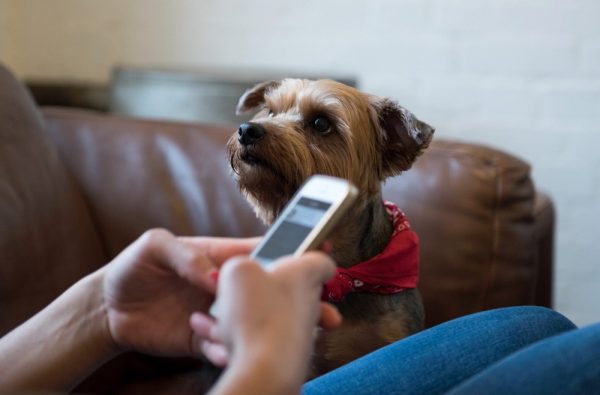When I took on a rescue puppy, I had visions of long walks with an obedient, responsive companion. The reality was quite different. She has elbow dysplasia so long walks were out of the question while she had scans and operations. And, having spent the first few months of her life on a rubbish dump or in shelter kennels, she had no concept of potty training. Or, really, any idea of what is considered unacceptable behavior.
Although I’ve never considered sending her back or getting rid of her, there were times, usually on my hands and knees scrubbing pee out of the carpet, when I questioned my sanity at adopting her. And this isn’t an unusual feeling. The problem is that it can be a long road from adopting or buying a puppy to enjoying a well-behaved companion pet.
You need to set reasonable expectations for your puppy’s development and have reasonable expectations of your puppy. You should also look past the negatives and concentrate on the positives while training to build a bond between the two of you. It can be easier said than done if your dog is tearing up the living room carpet or terrorizing the kittens and the kids, but there is light at the end of the tunnel.
Below, we look at 11 steps to help you get over adoption remorse or puppy regret.

The 11 Tips for Getting Over Adoption Regret
1. Remember It Takes Time
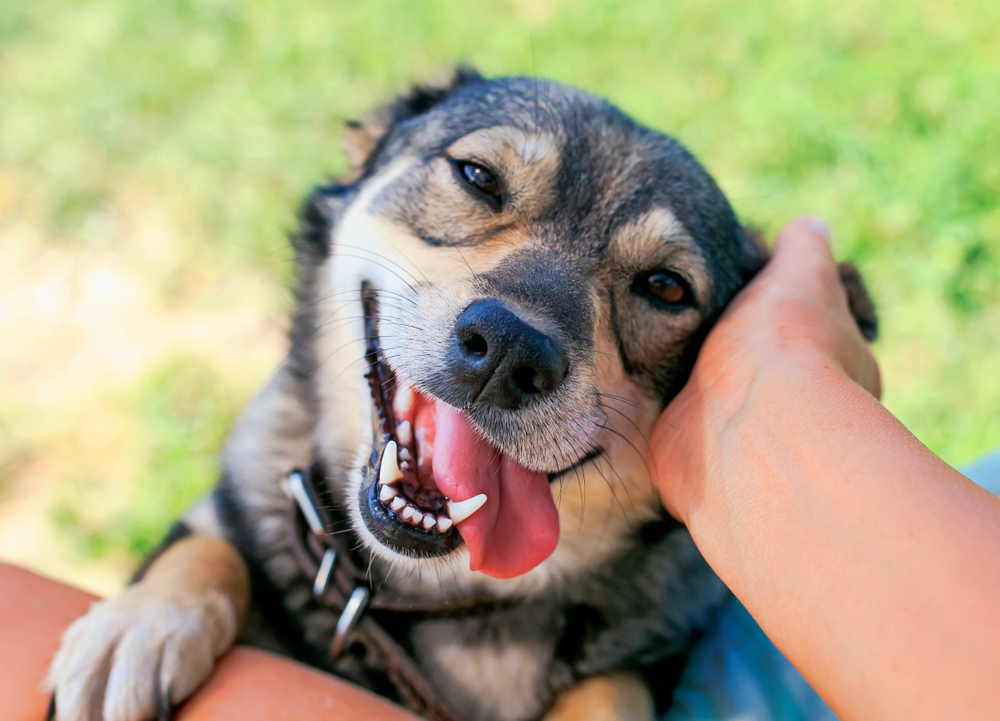
It can take 3 months before your dog really starts to show its true character, as it settles into your home and your family. The full settling-in period can be shorter than this, but you need to accept that it could be 3 months before your dog starts to shed off the unacceptable behaviors and wants to become a fully functioning member of the family.
2. Set Realistic Expectations
You need to be realistic with your dog, regarding how long they will take to become a model pet. You also need to be realistic with yourself. You might not develop a bond straight away, especially if they are peeing everywhere, chewing everything, and stopping you from getting a good night’s sleep. It will come, but it might not come straight away.
3. Talk About It

Be realistic with family, too, and even visitors. Kids will be especially keen to get outside and play ball or hope that the new dog will follow them around like a long-lost friend. This is unlikely to be happy on day 1. It’s not especially likely to happen on day 10, either. Let the family know what to expect, and if you’re having doubts and difficulties, discuss them with everybody else. Talking about your concerns can help temper them.
If you don’t have anybody at home to talk to, sign up for social media puppy groups or rescue groups. Other owners will be going through the same difficulties as you. You might be able to get support and even some tips on how to deal with any problems.
4. Focus on the Positives
When you do discuss your new dog, and when you are having an especially difficult time, think about the positives they bring. Maybe the 10 minutes they spent with you on the sofa last night, or the fact that they did pee outside this morning. These are positive steps, but it is easy to lose them amidst the disappointment and difficulty.
5. Go for a Walk
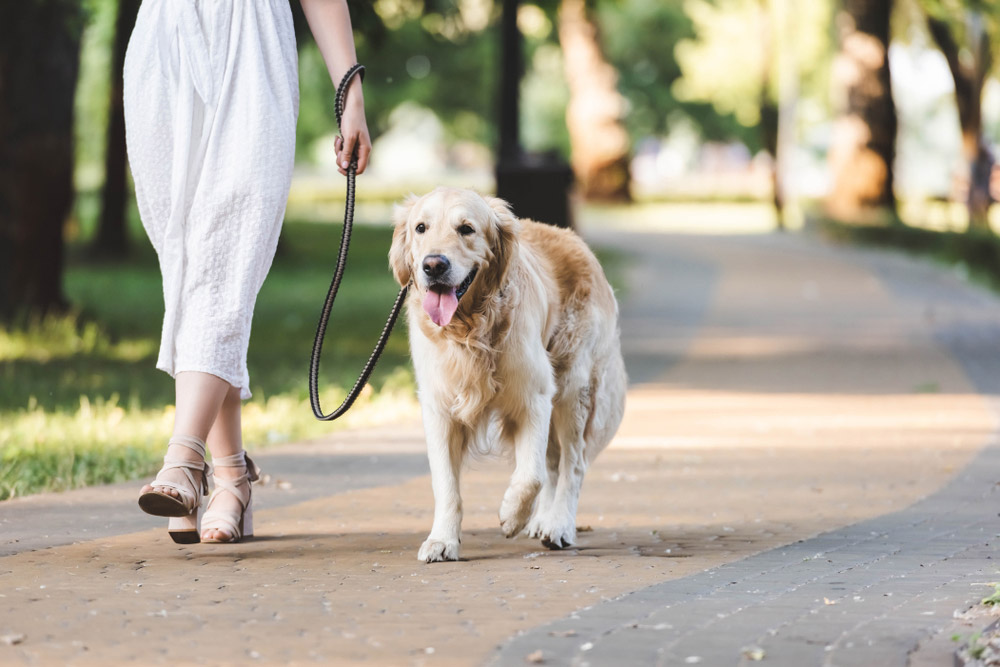
You need to bond with your dog, and one way to start building a bond is to go on walks. These are also beneficial because they offer your dog the chance to toilet outside, so you can give them lots of praise and rewards and reinforce the positive behavior, and because they can wear your dog out. A tired dog is less likely to misbehave.
6. Play Together
Another way to bond and tire your dog out is through play sessions, which can also make great training time. Determine what kind of game your dog likes to play, whether it’s tug, fetch, scent games, or any other type of activity, and set aside some time every day to partake.
If your dog is having fun and you’re involved, they will start to associate you with good, positive times.
7. Start Basic Training
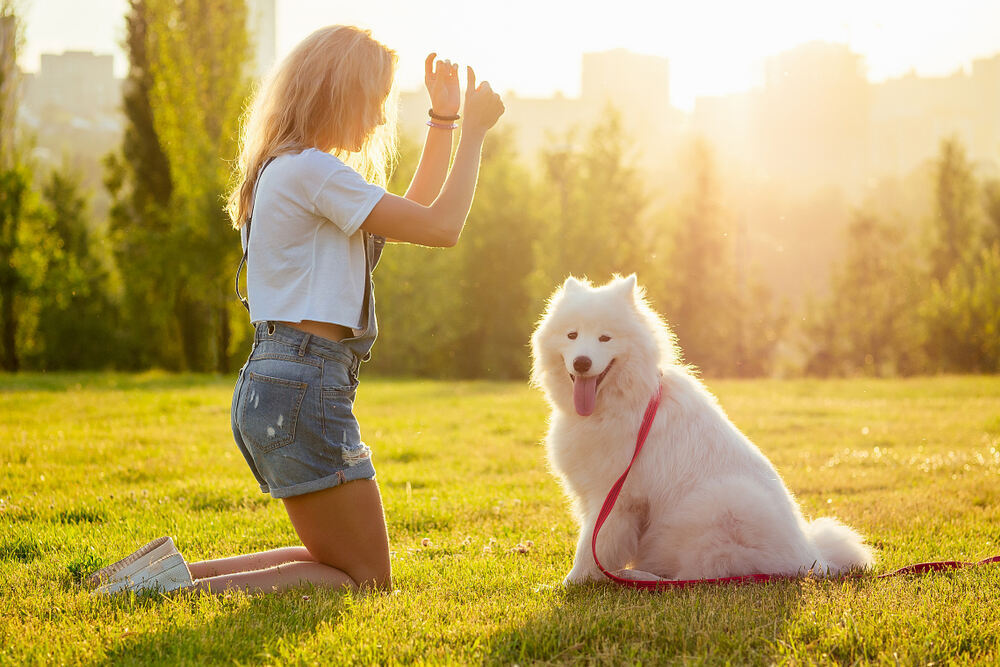
The best time to start basic training is right now. Basic training means teaching basic commands and some basic good behavior. One of the first things you will want to teach is toilet training. You will also want to teach commands like sit, stay, and leave. Most problems can be corrected, or problem behavior diverted, with one of these commands.
Use treats, verbal praise, and physical rewards in your positive reinforcement training sessions.
8. Try Crate Training
I was reluctant to use a crate when I got my puppy. Sticking her in a crate and leaving her alone felt cruel. But, at the adoption center’s behest, I relented. And I’m glad I did. She’s generally calmer and likes the peace the crate has to offer, and after a few initial restless nights, the crate has ensured that I get a full night’s sleep uninterrupted by a howling, crying puppy.
9. Sign Up for Classes
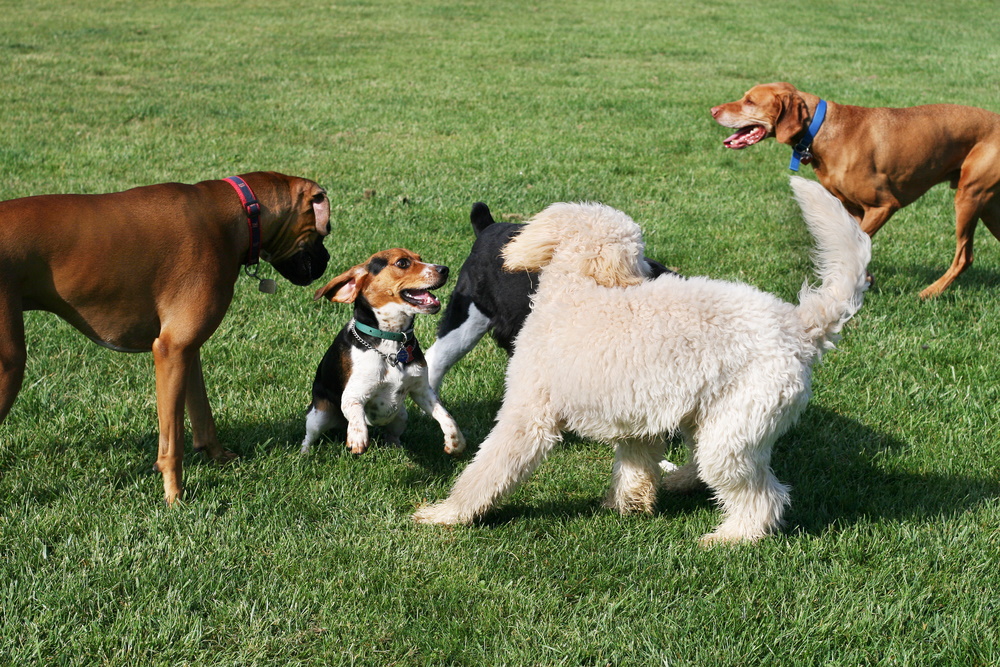
Sign up for puppy classes or beginner training classes. Not only do these teach you the methods you need to help train your dog, but they also give you and your dog a chance to mingle and socialize.
You may find other owners in a similar position to you, and because your puppy will be busy meeting other dogs and really engaging its brain, it’s another way to tire them out and ensure they remain mentally stimulated. Beyond basic classes, you can also sign up for classes like agility, flyball, or even dry sledding, depending on the type of dog you have.
10. Delegate
If you’re trying to do everything alone, it can be tricky, and it will feel like you never get 5 minutes of peace. If possible, get your partner or grown children to help with walks, and have younger kids instigate some safe playtime and even deal with tidying up the dog toys.
It will feel a lot easier if you have help, and if you aren’t dealing with all of the day’s difficult tasks on your own, it might not feel like such a big mistake.
11. Get Outside Help
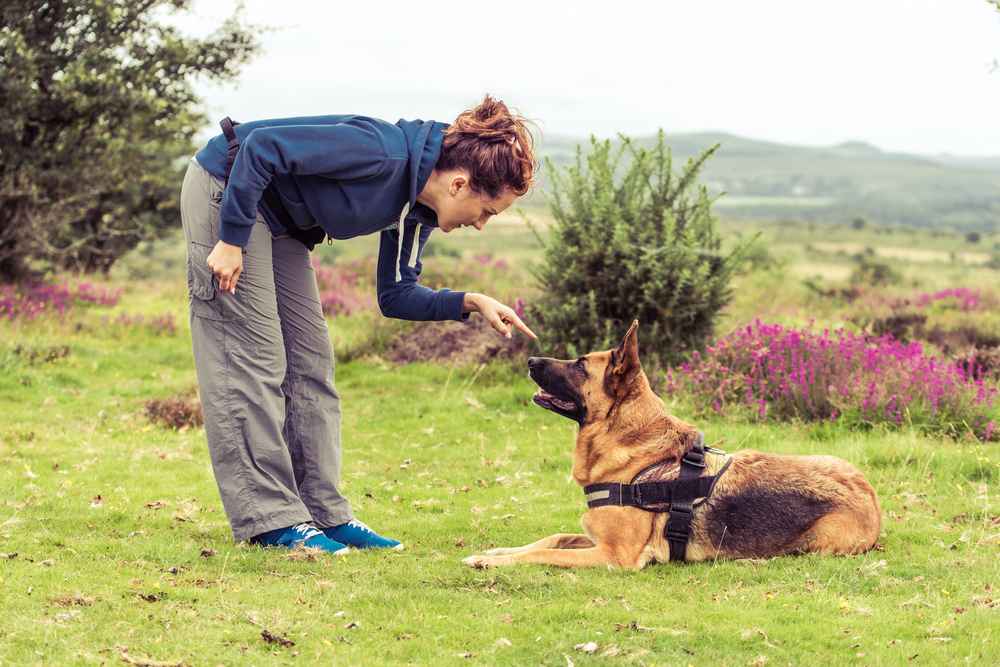
If you’re feeling regret because your dog’s behavior is really challenging, consider getting one-on-one dog training or calling in an animal behaviorist. They can identify the problem and work with you and your dog to steady the ship.
You can also get outside help with things like walking, so if your dog is causing mayhem while you’re out of the house, have a professional walker come in and give them exercise during the day.

Conclusion
We generally view getting a dog as being a happy, joyful time. But the reality is almost always different. It takes time for a new dog to settle in and for them to build a bond with you and your family. In the meantime, they can misbehave, won’t take to training, and can make your life feel miserable.
But, to get the best result from dog ownership, you need to overlook this, find ways to get on with one another, and advance your dog’s training and socialization.
Featured Image Credit: seeshooteatrepeat, Shutterstock

